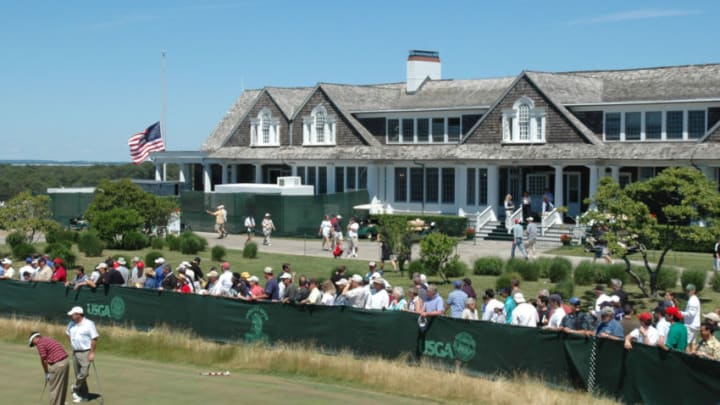
The U.S. Open returns to historic Shinnecock Hills this week for the first time since 2004.
Aside from the obvious eight-month wait for the Masters, the wait between golf’s first major and the U.S. Open is the longest of the season.
Congratulations, everyone, those dreadfully long months are over.
The reward for making it to this point for this week’s field is a historically demanding host venue in Shinnecock Hills Golf Club in Southampton, New York.
In three U.S. Opens here since 1986, winning score has been one-under, even and four-under.
The par-70 layout has stretched from 6,996 yards when Retief Goosen put on a putting clinic to win in 2004 to 7,445 today.
Just two champions getting in some Sunday practice at Shinnecock ... #USOpen pic.twitter.com/I9IUKpuFZf
— U.S. Open (@usopengolf) June 10, 2018
With the added length comes wider fairways. We go from 26 yards per fairway to 38. It’s not as wide open as Erin Hills was last year, but the veterans will certainly notice the added wiggle room.
The fairways start to narrow closer to the hole, so bombers still have some decision to make before letting loose.
Finding the short grass is as crucial as ever this week with a rainy spring allowing for juicy rough and native grass ready to add a shot to your scorecard at a moment’s notice.
It’s an exposed course with few trees. It’s already shaping up to be a good week for guys who stack up favorably in strokes gained off the tee and tee to green, but especially so if the winds pick up as anticipated.
The greens will be fast (though hopefully not 2004 fast) and have a lot of slope. Rolling in some long ones will always help, but the name of the game is getting the ball below the hole or else risk a three-putt.
Par-4 scoring is another stat to look at given that there are 12 of them (and only two par-5s).
There’s a number of guys playing very well right now, so whittling it down to 10 was no easy task. I could be kicking myself in a few days for excluding Jon Rahm, Paul Casey or Tommy Fleetwood, three of my top exclusions, but we all know golf is a fickle game.
Here are my top ten picks you could hear Joe Buck call “champion” on Sunday night.
